Letter From Hungary
The Search for the Sultan’s Tomb
By SARA TOTH STUB
Monday, February 12, 2018
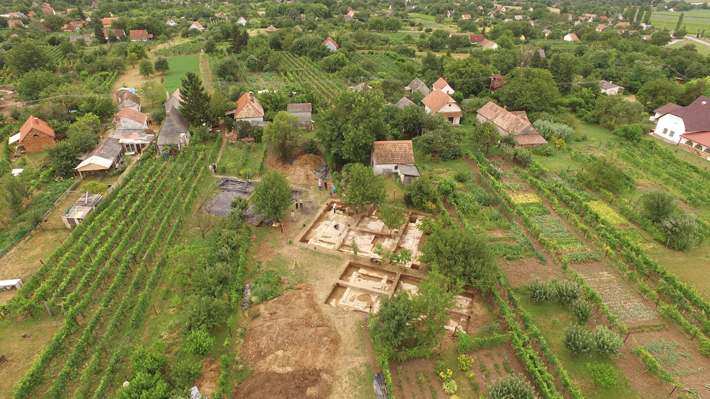
A red sandstone block props open the door to Gyula Kereszturi’s wine cellar in a small village in southern Hungary. Kereszturi, who ekes out a living selling homemade wine and plum brandy in one of this country’s poorest regions, found the block more than two decades ago when he expanded the cellar. Over the years, it has made a good doorstop, or sometimes a makeshift table.
But it used to be much more than that. This block was once part of the revered mausoleum complex of Suleiman the Magnificent, the Ottoman Empire’s most prolific builder and accomplished military leader. Although Kereszturi and other locals had long referred to the occasional red bricks they found buried in their yards as “Turkish ruins,” they had no idea that anything significant had ever stood there. And, until recently, neither did archaeologists. That all changed when remote sensing and later excavation revealed that the ground under Kereszturi’s house and vineyard might contain the ruins of Turbek, a once-flourishing Muslim pilgrimage destination on the ground where Suleiman died of natural causes in 1566 during the brutal Battle of Szigetvar, a crucial contest in the fight to expand the Ottoman hold on Europe.
“This is the most exciting find from the Ottoman period in Hungary,” says Norbert Pap, a geographer at the University of Pecs, who leads the ongoing work of the interdisciplinary team that first identified the ruins, whose location had eluded generations of scholars. The discovery of Turbek is significant because it is the only town the Ottomans founded in Hungary during the nearly 150 years they ruled there. “It is a symbol of the Ottoman occupation of Europe, and an expression of dar-al-Islam,” explains Pap, using the Arabic term that refers to a region under Muslim rule and where Islamic law prevails. The newly unearthed site, which covers about 10 acres and contains the foundations of a mausoleum, a mosque, a Sufi monastery, and what is likely a military barracks, offers a window into the long-vanished and oft-overlooked cultural, political, and economic life that the Ottomans carved out for themselves more than 600 miles from their capital of Istanbul.
Founded in the Anatolia region of what is now Turkey in 1299, the Ottoman Empire eventually became a global power and remained such until its demise during World War I. The empire reached its height in the sixteenth century under its longest-serving ruler, Sultan Suleiman I, known as Suleiman the Magnificent. During this period, the Ottomans extended their rule to almost all of the Middle East, North Africa, and parts of Europe. This solidified their control over lucrative trade routes, and the new wealth they amassed was reflected in a grand building spree in the capital of Istanbul. But Suleiman was intent on conquering more of Europe, especially the capital of the Habsburg Empire, Vienna. This put Hungary in the Ottomans’ strategic path. Beginning with their victory at the Battle of Mohacs in 1526, the Ottomans began to gradually conquer pieces of Hungary, turning churches into mosques, taking over fortresses, and adding elements such as bathhouses to existing cities. Although the Ottomans gained significant ground, the continuing fight put up by the Hungarians challenged their fragile hold on power.
Advertisement
Advertisement
IN THIS ISSUE
From the Trenches
The Mesopotamian Merchant Files
Off the Grid
He’s No Stone Face
Satellites on the Silk Road
Gods of the Galilee
The Venus of Vlakno
Caesar’s English Beachhead
Head in the Sand
Seals of Approval
Early Signs of Empire
Tut’s Mesopotamian Side
Newtonian Whiteboard
Nomadic Chic
Old Woman and the Sea
World Roundup
A rare Neolithic vintage, rock art on the Orinoco, Little Foot the Australopithecus, and medieval bishops’ bachelor pad
Artifact
The early sherd special
Advertisement

Recent Issues
-
 May/June 2024
May/June 2024
-
 March/April 2024
March/April 2024
-
 January/February 2024
January/February 2024
-
 November/December 2023
November/December 2023
-
 September/October 2023
September/October 2023
-
 July/August 2023
July/August 2023
-
 May/June 2023
May/June 2023
-
 March/April 2023
March/April 2023
-
 January/February 2023
January/February 2023
-
 November/December 2022
November/December 2022
-
 September/October 2022
September/October 2022
-
 July/August 2022
July/August 2022
-
 May/June 2022
May/June 2022
-
 March/April 2022
March/April 2022
-
 January/February 2022
January/February 2022
-
 November/December 2021
November/December 2021
-
 September/October 2021
September/October 2021
-
 July/August 2021
July/August 2021
-
 May/June 2021
May/June 2021
-
 March/April 2021
March/April 2021
-
 January/February 2021
January/February 2021
-
 November/December 2020
November/December 2020
-
 September/October 2020
September/October 2020
-
 July/August 2020
July/August 2020
-
 May/June 2020
May/June 2020
-
 March/April 2020
March/April 2020
-
 January/February 2020
January/February 2020
-
 November/December 2019
November/December 2019
-
 September/October 2019
September/October 2019
-
 July/August 2019
July/August 2019
-
 May/June 2019
May/June 2019
-
 March/April 2019
March/April 2019
-
 January/February 2019
January/February 2019
-
 November/December 2018
November/December 2018
-
 September/October 2018
September/October 2018
-
 July/August 2018
July/August 2018
-
 May/June 2018
May/June 2018
-
 March/April 2018
March/April 2018
-
 January/February 2018
January/February 2018
-
 November/December 2017
November/December 2017
-
 September/October 2017
September/October 2017
-
 July/August 2017
July/August 2017
-
 May/June 2017
May/June 2017
-
 March/April 2017
March/April 2017
-
 January/February 2017
January/February 2017
-
 November/December 2016
November/December 2016
-
 September/October 2016
September/October 2016
-
 July/August 2016
July/August 2016
-
 May/June 2016
May/June 2016
-
 March/April 2016
March/April 2016
-
 January/February 2016
January/February 2016
-
 November/December 2015
November/December 2015
-
 September/October 2015
September/October 2015
-
 July/August 2015
July/August 2015
-
 May/June 2015
May/June 2015
-
 March/April 2015
March/April 2015
-
 January/February 2015
January/February 2015
-
 November/December 2014
November/December 2014
-
 September/October 2014
September/October 2014
-
 July/August 2014
July/August 2014
-
 May/June 2014
May/June 2014
-
 March/April 2014
March/April 2014
-
 January/February 2014
January/February 2014
-
 November/December 2013
November/December 2013
-
 September/October 2013
September/October 2013
-
 July/August 2013
July/August 2013
-
 May/June 2013
May/June 2013
-
 March/April 2013
March/April 2013
-
 January/February 2013
January/February 2013
-
 November/December 2012
November/December 2012
-
 September/October 2012
September/October 2012
-
 July/August 2012
July/August 2012
-
 May/June 2012
May/June 2012
-
 March/April 2012
March/April 2012
-
 January/February 2012
January/February 2012
-
 November/December 2011
November/December 2011
-
 September/October 2011
September/October 2011
-
 July/August 2011
July/August 2011
-
 May/June 2011
May/June 2011
-
 March/April 2011
March/April 2011
-
 January/February 2011
January/February 2011
Advertisement





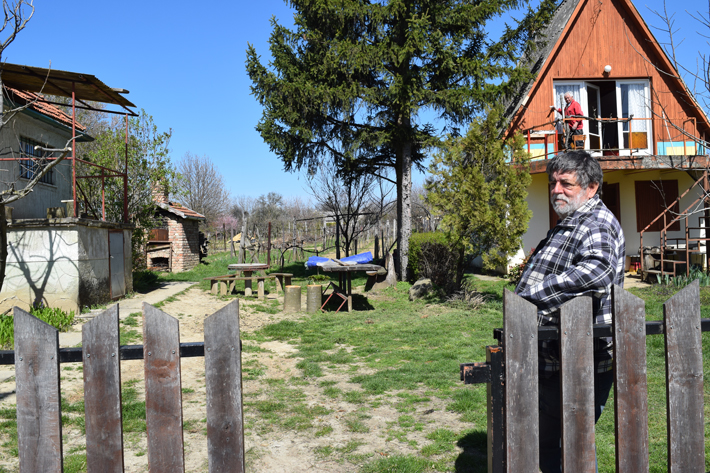
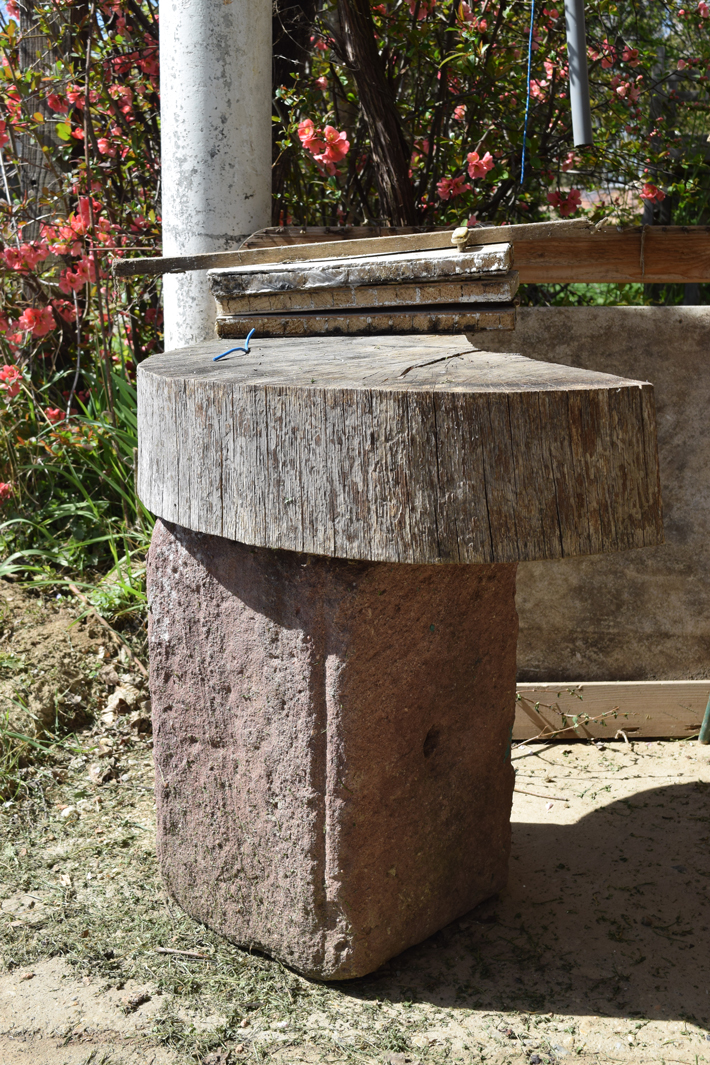
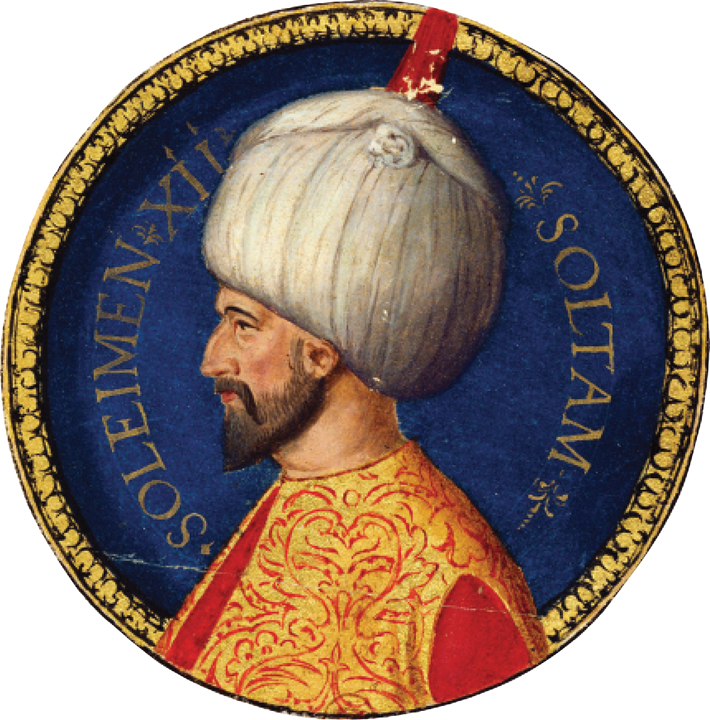 Regardless of how Suleiman’s body was handled, the place where he died emerged as meaningful. His successor, his son Selim II, soon ordered that a tomb be built to honor Suleiman. “The construction of this tomb had great symbolism,” says Ali Uzay Peker, professor of architecture at Middle East Technical University in Istanbul, who has also worked at Turbek. “It was at the border between the Ottoman and Habsburg realms in eastern Europe. Hence it aroused spiritual attachment to the land.”
Regardless of how Suleiman’s body was handled, the place where he died emerged as meaningful. His successor, his son Selim II, soon ordered that a tomb be built to honor Suleiman. “The construction of this tomb had great symbolism,” says Ali Uzay Peker, professor of architecture at Middle East Technical University in Istanbul, who has also worked at Turbek. “It was at the border between the Ottoman and Habsburg realms in eastern Europe. Hence it aroused spiritual attachment to the land.”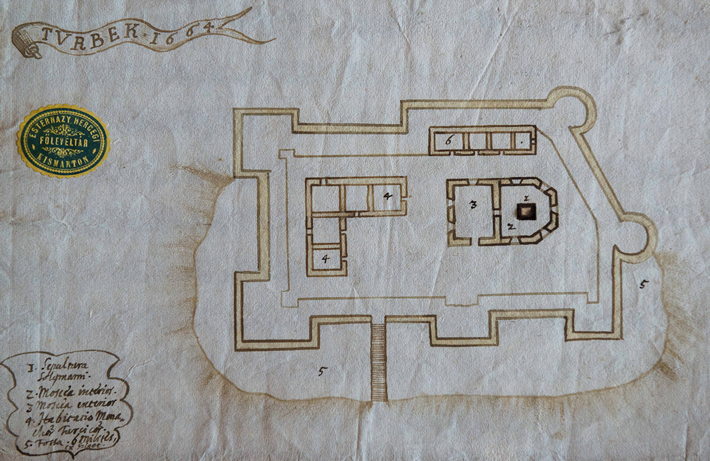
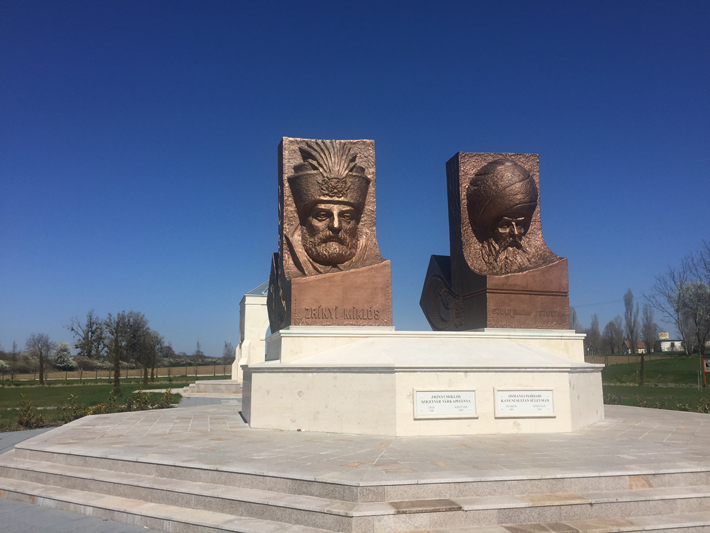
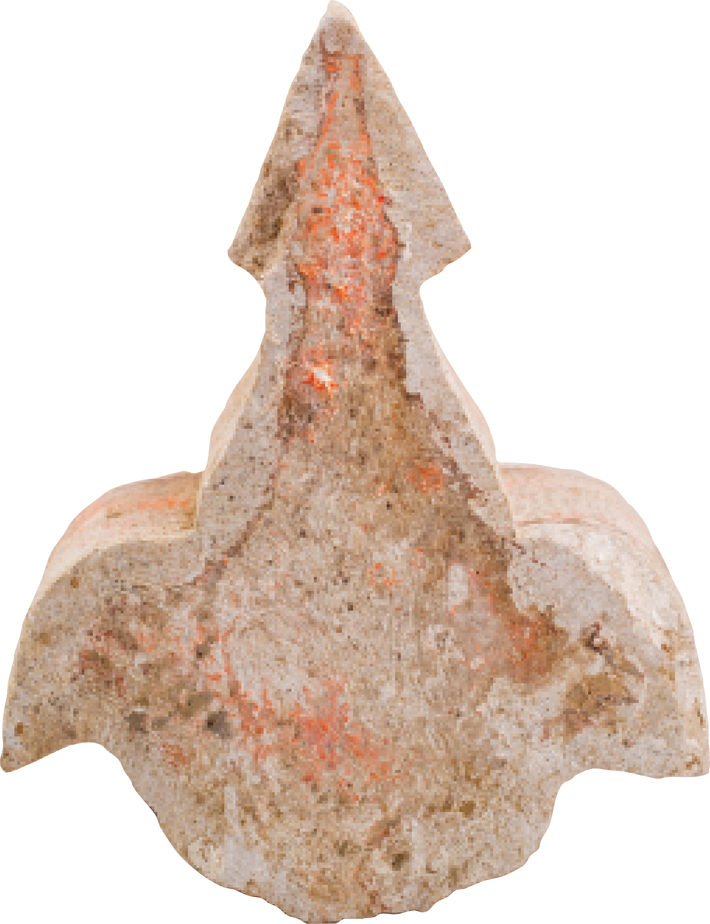 The fact that all that is left of Turbek are building foundations no more than 15 inches tall is consistent with eyewitness accounts of Habsburg soldiers when they drove the Ottomans from Turkey. “The Habsburgs did their best to destroy the site to the bones,” Peker says. This degree of destruction reveals how important the place had become in Ottoman culture and politics—and how much the Habsburgs wanted to erase that. “It’s clear that they aimed to wipe out all traces of the Ottomans,” Peker says. “This can give us a sense of the significance attached to the tomb when it stood here: It was a visible sign of the Ottoman presence on the border and it was a reminder of land claims.”
The fact that all that is left of Turbek are building foundations no more than 15 inches tall is consistent with eyewitness accounts of Habsburg soldiers when they drove the Ottomans from Turkey. “The Habsburgs did their best to destroy the site to the bones,” Peker says. This degree of destruction reveals how important the place had become in Ottoman culture and politics—and how much the Habsburgs wanted to erase that. “It’s clear that they aimed to wipe out all traces of the Ottomans,” Peker says. “This can give us a sense of the significance attached to the tomb when it stood here: It was a visible sign of the Ottoman presence on the border and it was a reminder of land claims.”
